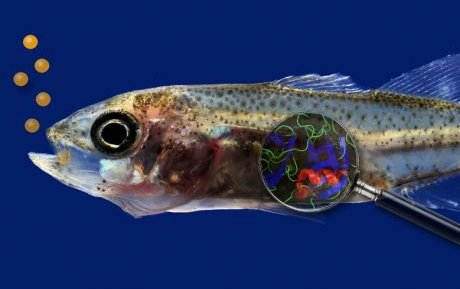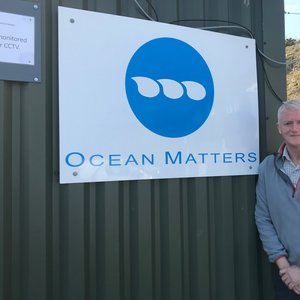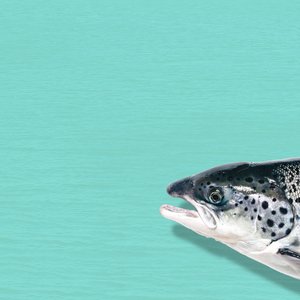Molofeed has recently been supported by Aqua-Spark, a Netherlands-based investment fund for sustainable aquaculture. The Norwegian company has developed a micro-encapsulation technology that provides a slow release of feed to early stage fish and shrimp and will receive close to €2 million from Aqua-Spark to scale up the company.
Molofeed was founded by Ingmar Hogoy in 2015 and has been developing formulations for feed capsules for tropical shrimp, sea bream and sea bass during the last three years. The feed for tropical shrimp is expected to be ready this summer 2019 and 50 tons of feed are expected to be produced per year.
Each capsule is one-tenth of a millimeter in size and its contents will vary according to the species being targeted. Molofeed uses salmon oil and other types of marine protein sources in its capsules and it is expected that probiotics and immune-stimulants will also be included in the formula. Farmers will deliver the capsules via specialized feeding devices that open into hatchery tanks. The feed is currently being tested by pilot customers in Europe for sea bream and sea bass, and in Brazil and Ecuador for tropical shrimp.
“Live feed is a limited resource, there are quotas, quality issues and fluctuating prices,” Arve Fresvik, chairman of Molofeed’s board, said. “Our aim is to gradually replace live feed. For farmers it means they will have more controlled feeding procedures, stable prices and less fear of illness and biohazards, as this is a formulated feed that we control all the way. We believe that in time, farmers will be able to significantly reduce their operational costs by using our feed, while achieving the same or better growth and survival rates and level of deformities," Fresvik said.
Read full story here.













